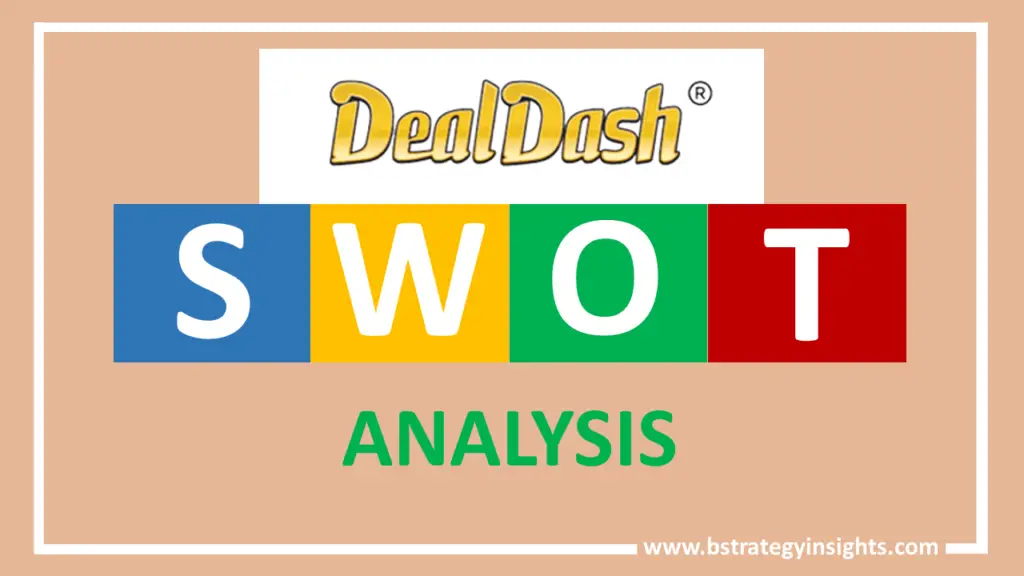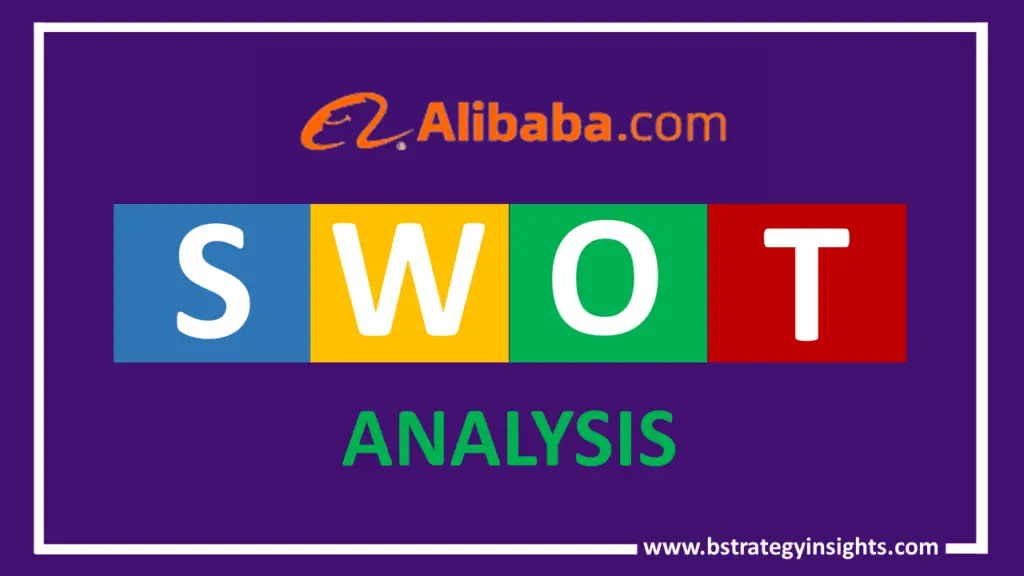
DealDash is a leading penny online auction platform in the US. The brand was founded in 2009 by William Wolfram. The brand operates like an e-commerce platform with an auction business model for its operations. Every product on the platform starts with a $ 0.00 bid. The prices increase by a $0.01 margin with each participating bid until the highest bidder wins the bid. The bid times last only 10 seconds.
SWOT analysis is known as a strategic planning tool that enables brands to get a clearer picture of how their brand stands in the market. SWOT analysis helps a brand understand its strengths in the marketplace, its weaknesses, opportunities, and threats. This article takes a look at DealDash’s SWOT analysis
DealDash – At a Glance
| Name | DealDash® |
| Website | Dealdash.com |
| Founders | William Wolfram |
| Chief Executive Officer (C.E.O.) | Pekka Lampinen |
| Headquarters | Finland and the United States |
| Year Founded | February 2009 |
| Revenues (FY 2020) | $23,524,000 |
| Key Products/Services | Electronics, Fashion & Beauty, Home and kitchen tool. |
| Key Competitors | Tophatter, Gixen, Pristine Auction. |
Strengths of DealDash
Unique Business Model
This is DealDash’s major strength. The brand’s operates on a penny auction business model; this is a unique pay-to-participate concept in bidding. Users of the platform have to purchase a standard pack for bidding if they are to participate in the bidding for auctioned items. This unique model differentiates itself from the competition and therefore gives the brand a competitive edge in the market. Every bid accounts for an increase of $1 cent and lasts for 10 seconds, thereby increasing exceptionally bidding chances.
A wide product range
DealDash offers its customers a wide range of branded products from fashion and apparel to cars, to household items and electronics, among others. DealDash purchases its inventory directly from liquidation merchants and from brands. The brand is keen on offering good quality products. All these make the platform attractive to users and bidders.
A large customer base
DealDash has more than 8 million registered users for its platform. This larger customer base guarantees brand loyalty. The brand will reap from network effects of this customer network. Such benefits include more brand value, more brand awareness, and familiarity.
High customer satisfaction
The brand has received very impressive ratings from customer review sites. For instance, the brand is rated 4.3 by 4,218 reviews on sitejabber.com, 4.5 by 2963 reviews on trustpilot.com, it has a 4.3-star rating from its facebook.com reviews. High customer satisfaction rates are critical for customer loyalty, growth of the brand, and longevity in the market.
Unique selling point
DealDash offers a money-back guarantee on a customer’s first bid. This is because the buyers need to buy their bids before they participate in bidding for any item on the auction. This way, the brand is able to eliminate the risks of bots, spam, and artificial bidders. Additionally, the brand provides for losers to pay for the item’s full price, which helps return the bid balance.
Weaknesses of DealDash
Limited geographical region
Although DealDash has been in operation for more than a decade now, it still has its operations limited to the US market only. The company has an online e-commerce presence but the limited geographical presence has become the brand’s biggest weakness.
Limited marketing plans
With particular regards to social media, DealDash lacks robust marketing. For instance, the brand has less than 7000 followers on twitter. The brand could make use of social media marketing to enhance its advertisement efforts at a low cost.
Hidden costs; false advertisement
DealDash, among other Penny Auction businesses, has been criticized for failing to disclose the total costs of bids that customers spend in total in the process of winning bids. While in conventional auctions, bids are often based on prices that participants are willing to pay, and the items are sold to the highest bidder within the set times, penny auction usually awards the bid to the party that is persistent or is lucky enough to place the final bid. Penny auctions often raise their money more from the cost of bidding rather than from the final value of the prices for the particular items underbids. In the end, buyers end up paying more than they would have paid in retail outlets.
Questionable quality of products
While the brand has often alluded to the top quality of its products, critics have pointed out that many of the brand’s ‘luxury’ items are non-existent beyond the company’s website. The trademarks for such items are registered by the owner of DealDash through another one of his associate companies by the name Galton Voysey. This could negatively impact the credibility of the brand if not resolved.
Gaps in customer reviews
While the brand has very impressive customer ratings, there are gaps regarding after-sales services and a static website that does not engage customers.
Opportunities of DealDash
Global market expansion
DealDash has vast opportunities in taking their business overseas beyond the US borders. With the brand’s e-commerce platforms, it is able to reach all countries across the globe. They offer ready access to international customers. There are emerging markets like in MENA and Asian regions that would offer greater opportunities for growth for the brand.
Wider product range
While the brand offers its customers a wide range of items, it could expand this range to include cost-friendly items from cheaper suppliers in countries like China.
Social media marketing
Social media marketing is a great strategy to ensure increased sales for the brand. The brand could work on its social media presence which will enhance its social media sales. Social media platforms like facebook.com offer direct selling options that could increase sales.
Threats of DealDash
Stiff competition
Competition poses an economic threat to DealDash. DealDash’s major competitors include platforms like Gixen, Tophatter, and Pristine that are direct competitors. The e-commerce industry has low barriers to entry and therefore faces the increased threat of new entrants. The brand also faces indirect competition from e-commerce sites like Aliexpress and Amazon, among others.
Government regulatory frameworks
The brand has had several lawsuits from its customers. Lawsuits may end up in the brand having to pay fines. This could be costly and eat into the company’s profitability.
Technological advances
Technological advances pose the threat of rendering the brand obsolete. The brand, therefore, needs to keep investing in technological innovation to ensure the brand is relevant throughout its operations in the market.
Conclusion
DealDash is a unique brand that offers its customers high levels of customer satisfaction. It, however, needs to work on transparency in costing, more technological innovation to edge out the competition and ensure quality standards are met to diminish possibilities of litigations.


